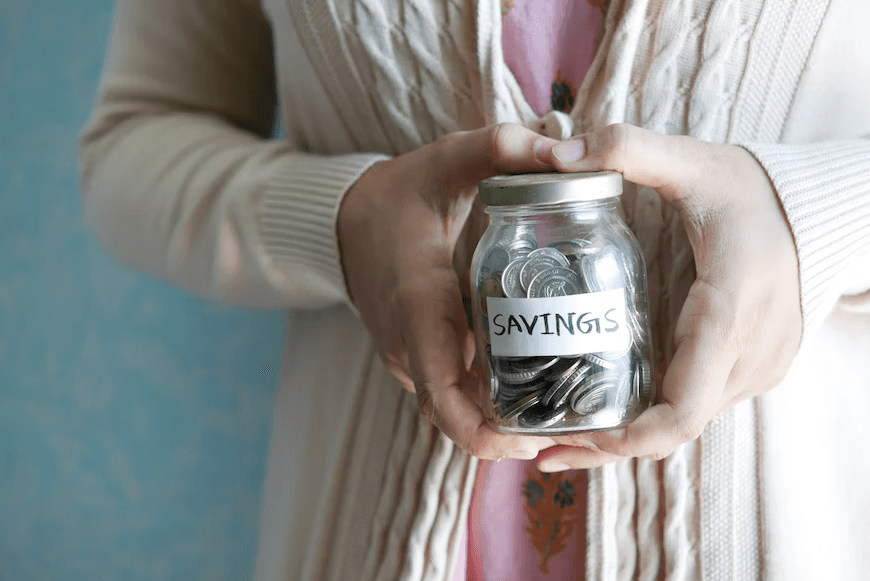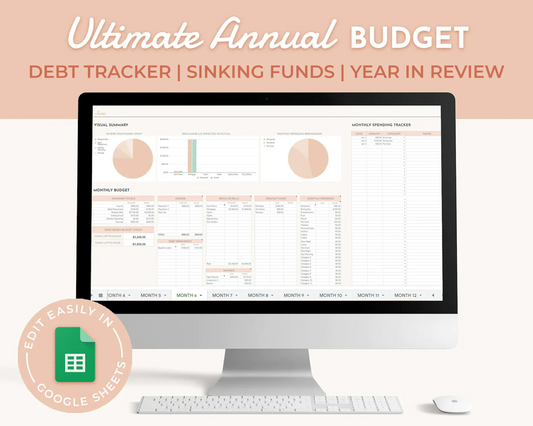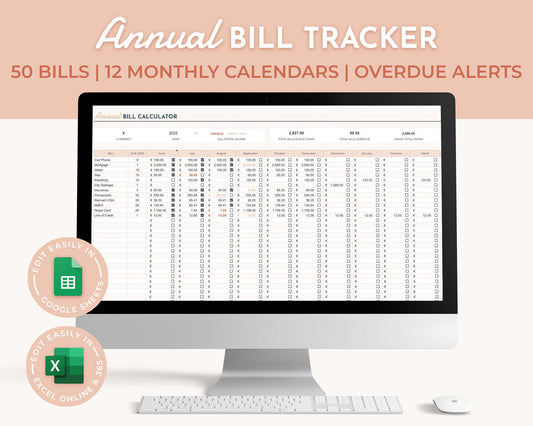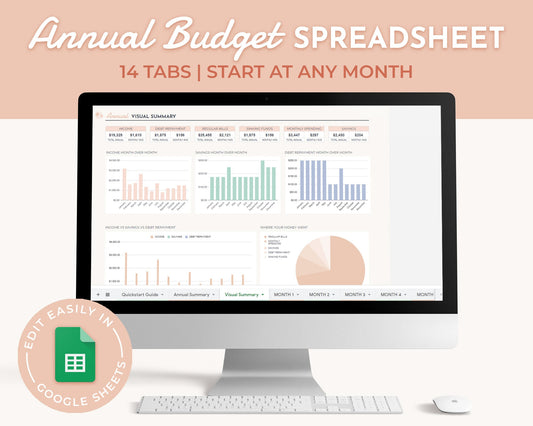Why an Emergency Fund is Important
An emergency fund is often the last thing on people's minds when they think about personal finance. However, it is a critical component of any financial plan. Life is unpredictable, and emergencies can happen at any time. Whether it's a sudden job loss, unexpected medical bills, or a car breakdown, having an emergency fund can help you weather the storm and stay afloat financially.
Without an emergency fund, people often turn to credit cards or personal loans to cover unexpected expenses. This can lead to a cycle of debt that's hard to break out of. In contrast, having an emergency fund means you have the money you need to cover unexpected expenses without going into debt. It provides a safety net that can help you feel more secure and confident in your financial future.

Photo by Alexander Mils on Unsplash
How Much You Should Save
The amount you should save in your emergency fund depends on your individual situation. Financial experts recommend saving at least three to six months' worth of living expenses in your emergency fund. However, if you have dependents, are self-employed, or have a higher risk of unexpected expenses, you may want to save more.
We'll break down how to calculate your ideal emergency fund amount in this section.
|
Scenario |
Monthly Living Expenses |
Recommended Emergency Fund Amount |
|
Single person, no dependents, and stable job |
$3,000 |
$9,000 - $18,000 |
|
Married couple, no dependents, and both have stable jobs |
$5,000 |
$15,000 - $30,000 |
|
Single parent with children and a stable job |
$4,000 |
$12,000 - $24,000 |
|
Self-employed individual with fluctuating income streams |
$6,000 |
$18,000 - $36,000 |
|
Married couple, 2 dependents, and both have stable jobs |
$8,000 |
$24,000 - $48,000 |
Note: These are just examples, and your situation may differ. It's important to assess your own circumstances and expenses to determine the ideal emergency fund amount for you.
Reviewing your essential living expenses for the past two months can provide valuable insights into how much money you'll need to survive during an emergency situation.
Look at the last 2 months of your essential living expenses to get an idea of what you need to survive in an emergency situation.
Include the following expenses:
- House expenses (monthly rent or mortgage, property taxes, home insurance, and essential utilities)
- Transportation (car payment, insurance, gas, public transport)
- Groceries
- Health insurance, prescriptions, and life insurance
- Essential debt repayment
Where to Keep Your Emergency Fund
It's important to keep in mind that an emergency fund serves a different purpose than an investment. Here are some key characteristics that an emergency fund should have:
- High liquidity: This means that the funds should be easily and quickly accessible, so you can use them in case of an emergency without delay or penalty. Cash, savings accounts, and money market accounts are good examples of liquid assets that can be easily accessed.
- Stability: You want to make sure that the value of your emergency fund stays relatively stable over time.
- Low risk: Because the primary goal of an emergency fund is to provide financial security in the face of unexpected events, it's crucial to minimize the risk of losing money.
- Sufficient size: The size of your emergency fund should be adequate to cover unexpected expenses, such as job loss, medical bills, or car repairs.

Photo by Towfiqu barbhuiya on Unsplash
Tips for Starting Your Emergency Fund
Starting an emergency fund can feel daunting, but it doesn't have to be. With the right strategies, you can gradually build up your savings over time. Here are some tips to help you get started:
- Set up automatic transfers: Make saving a habit by setting up automatic transfers from your checking account to your emergency fund on a regular basis. This could be weekly, bi-weekly, or monthly, depending on your financial situation.
- Cut back on expenses: Look for ways to reduce your expenses and put the savings towards your emergency fund. This could include packing your lunch, canceling subscriptions you don't use, or negotiating a lower rate on bills.
- Increase your income: Consider taking on a side hustle or looking for ways to increase your income. Putting the extra cash towards your emergency fund can help you reach your savings goals faster.
- Create a budget and stick with it: Make sure you have started creating a budget within your paycheck, and always include a portion of your emergency fund you can start as low as $50!
- Cool tip! You can start with these budgeting spreadsheets!
By following these tips, you can slowly build up your emergency fund and feel more secure in your financial future.
Staying on Track with Your Emergency Fund
Once you've started your emergency fund, it's important to stay on track and avoid dipping into it for non-emergency expenses.
If you're tempted to spend money from your emergency fund, ask yourself these questions:
1) Is this an emergency?
2) Can I wait until next month?
3) Do I really need this right now?
Now that you know how to start an emergency fund and how much you should save, it's time to take action.
Set a goal for your emergency fund and start working towards it today.
Remember, building an emergency fund takes time, but it's worth it for the peace of mind it provides.
Start taking steps towards financial security and start your emergency fund today!




